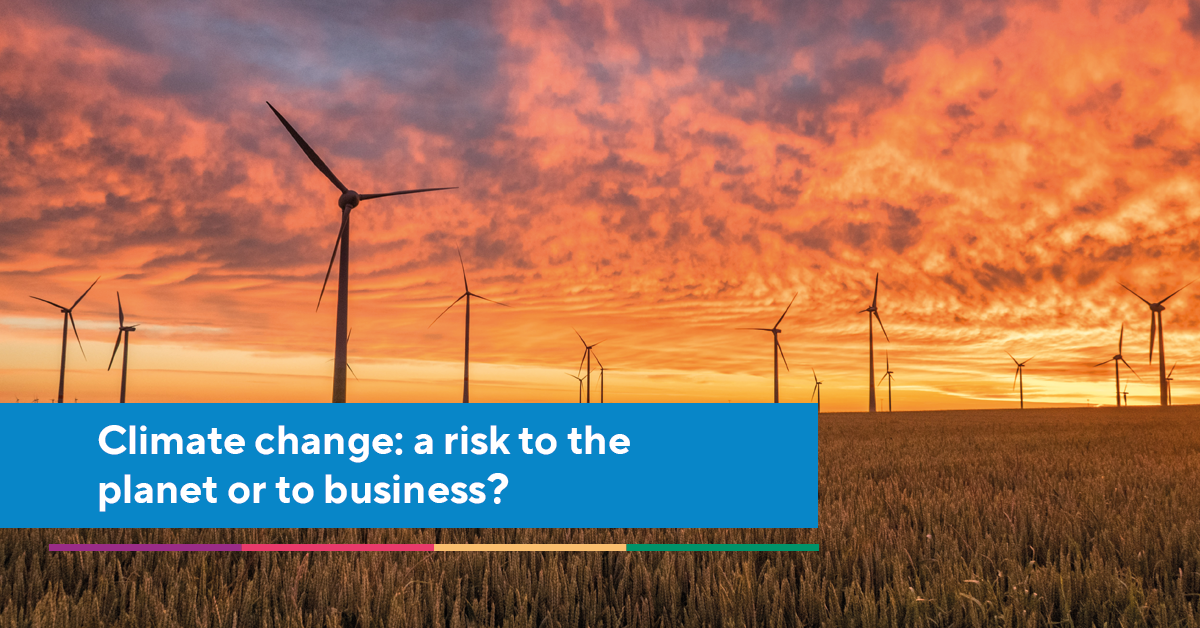Tackling Scope 3 is inevitable
If you really want to know what your carbon footprint is as a business, you have to calculate Scope 3 emissions – no business can claim to know their carbon footprint without it.
However, measuring and reporting on the combined emissions of an entire supply chain can naturally seem a little more of a tricky challenge than remembering to switch off the office lights at the end of the day. Businesses have little control over the emissions that come from within their supply chain. However, they do have a healthy amount of influence over their suppliers, provided that an effective supplier collaboration initiative is put in place.
Before you start
Before embarking on your journey to calculate Scope 3 emissions, there are a few important things to keep in mind. You will have the most success if you are guided by five key accounting and reporting principles and you have determined what emissions you will be incorporating in your calculations and those you will not. Alongside that, it will be important to consider the timeframe of your emissions, whether they are from past years, future years, or in the year of reporting.
Scope 3 accounting and reporting principles
Your Scope 3 inventory should be relevant, complete, consistent, transparent, and accurate. What this means is that what is included in your data properly reflects the emissions of the company – making sure to reduce any uncertain data. This can be achieved via rigorous data collection to ensure that all emissions sources and activities are included, both upstream and downstream. The ways in which data is collected and calculated should remain the same (see section on setting boundaries), and a clear audit trail should exist which discloses data collection methods and sources.
Without these principles, any Scope 3 emissions data collected can potentially damage the integrity of reports which influences (both internal and external) decision-makers.
Setting boundaries (the emissions you will count and those you will not)
There are three ways that businesses generally go about setting boundaries around what they will and will not count towards their scope emissions reporting. It is crucial that a business has to use the same method for all scopes 1, 2, and 3.
Let us look at how the three methods affect the breadth and depth of a Scope 3 inventory.
- Equity share – this approach is not about control, but about ownership (whether partial or whole). Businesses using this methodology must account for all the emissions of any operations of which they have an equity share; if the business has an economic interest in an operation, all the greenhouse gas emissions of that operation are included in its direct (Scope 1) emissions. Any operations or assets not owned but still controlled by the business fall under its Scope 3 inventory.
- Financial control – a business has to include all the greenhouse gas emissions over which it has financial control in its direct (Scope 1) emissions.
- Operational control – a business must include all the greenhouse gas emissions over which it has operational control in its direct (Scope 1) emissions. This means that anything a business owns but does not control falls under Scope 3.
N.B. For the latter two methodologies, a business only accounts for emissions it has complete financial or operational control over, not just in which it owns an interest.
As you can see, the number of activities and assets accounted for under Scope 3 depend upon the method chosen. Naturally, this will differ from business to business depending on the industry and range of operations. However, all methods will require the same process-driven solution to map out the supply chain, understand their benchmark (or starting point), and then not just report on, but increase supplier capabilities to reduce emissions over time.
Emissions have timeframes
It is important to remember that all Scope 3 emissions have a time when they originally occurred and contributed damage to the environment. Any business report must take this into account and reflect these timeframes – either that emissions have already occurred or that emissions are likely to occur in the future as a result of activities in the reporting year.
For example, a company may purchase goods or services from one of their suppliers, the emissions from which have also likely to have occurred prior to and including the year of the report. This will require the business to collect data from this supplier, not just from one year of activity, but prior years as well – and continue to do so on a frequent basis to hold suppliers accountable and report data accurate.
On the other hand, the transportation, processing, and use of a company’s products will have emissions which will span across future years. This also highlights the importance of growing the knowledge and accountability of suppliers to consistently improve operational efficiency and influence new product development.
Understand your benchmark and then close the supplier performance gap
For brands and retailers wanting to present a true and fair account of their environmental footprint and make tangible progress towards reducing it, a robust Scope 3 emissions initiative demands investment and a focus of attention now.
Find out more about how a simple 6 step process can help you set, achieve, and exceed your Scope 3 emissions target by watching our webinar recording.




